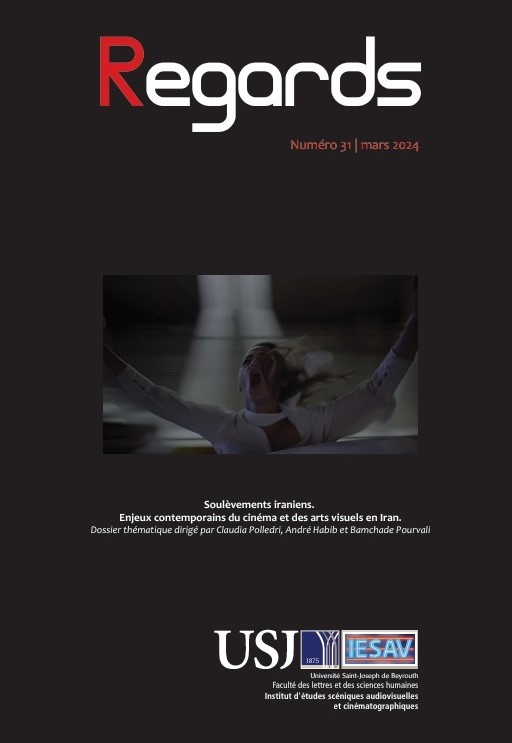Abstract
In 2020, Iranian filmmaker Firouzeh Khosrovani directed Radiographie d’une famille (“Radiography of a Family”). Navigating subtly between documentary and fiction, interweaving still and moving images of varying status and scope, the film is built on an intimate narrative, the story of the filmmaker’s parents, from the time they met in the 1960s, over the course of a summer, right up to the moment of shooting. This radiography of a family is also the radiography of a nation, characterized by its divisions, contradictions and intersecting struggles. This article begins by examining the different enunciative strata that make up the film, while considering their distinctive functions in the development of the story. It then looks at the discursive strata that emerge, to highlight the multiplicity of entries, glances and points of view that can be mobilized to interpret the filmmaker’s reading of the fractures specific to her country.

